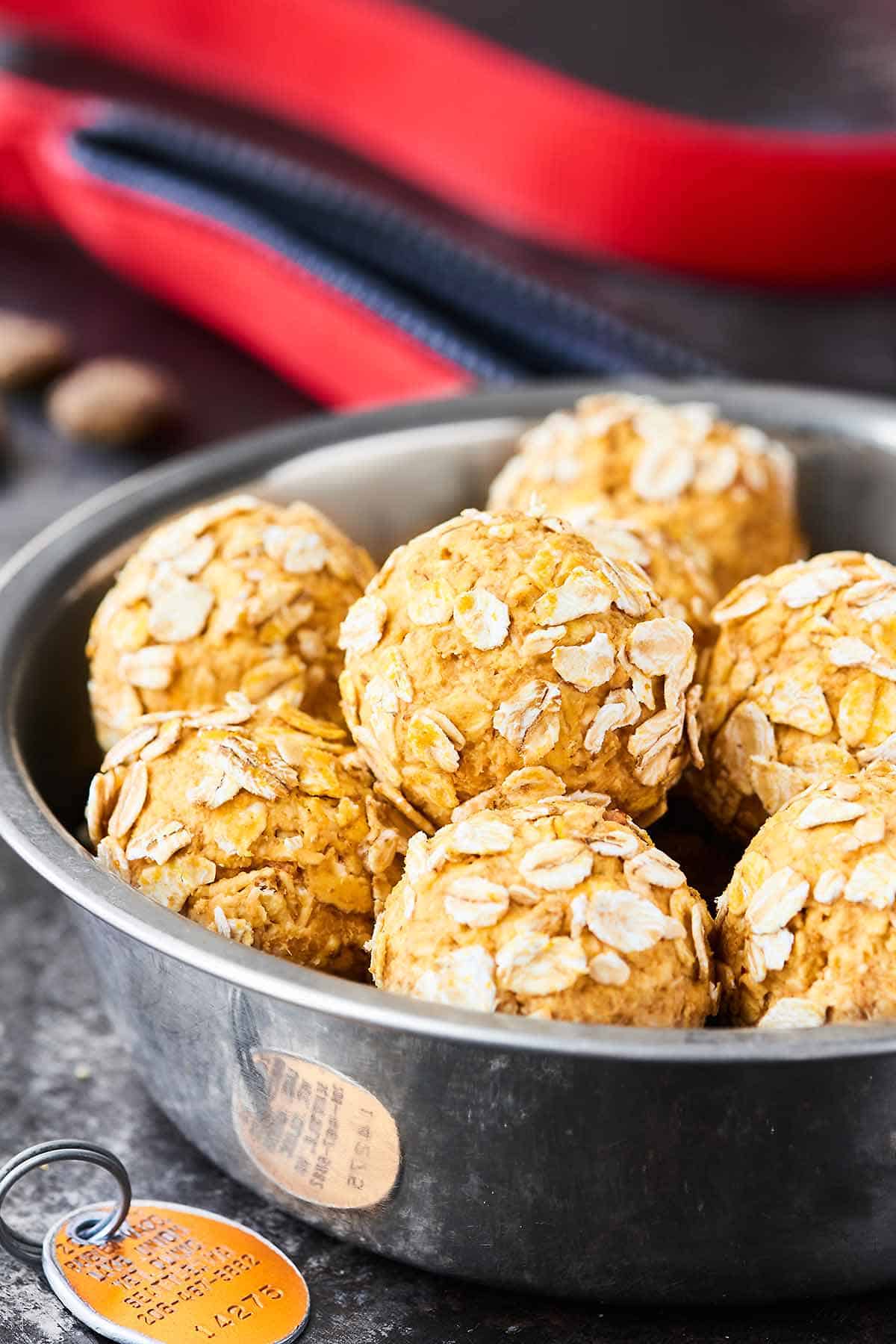
Introduction
As a dog owner, you know that finding the perfect treat for your furry friend can be a challenging task. With so many options available in the market, it's important to choose a treat that not only satisfies your dog's taste buds but also provides essential nutrients. In this article, we will explore the world of dog treats and discover the best options for your beloved pet.

Why Treats are Important
Treats play a vital role in training and reinforcing positive behavior in dogs. A well-timed treat can motivate your dog to learn new tricks, follow commands, and become a well-behaved companion. Additionally, treats can also serve as a source of mental stimulation and provide a break from the monotony of their regular diet.

Types of Dog Treats
When it comes to dog treats, the variety available can be overwhelming. Let's explore some popular types:
1. Biscuits and Cookies
Biscuits and cookies are classic dog treats that come in various shapes, sizes, and flavors. These crunchy delights are perfect for rewarding your furry friend during training sessions or as an occasional snack.
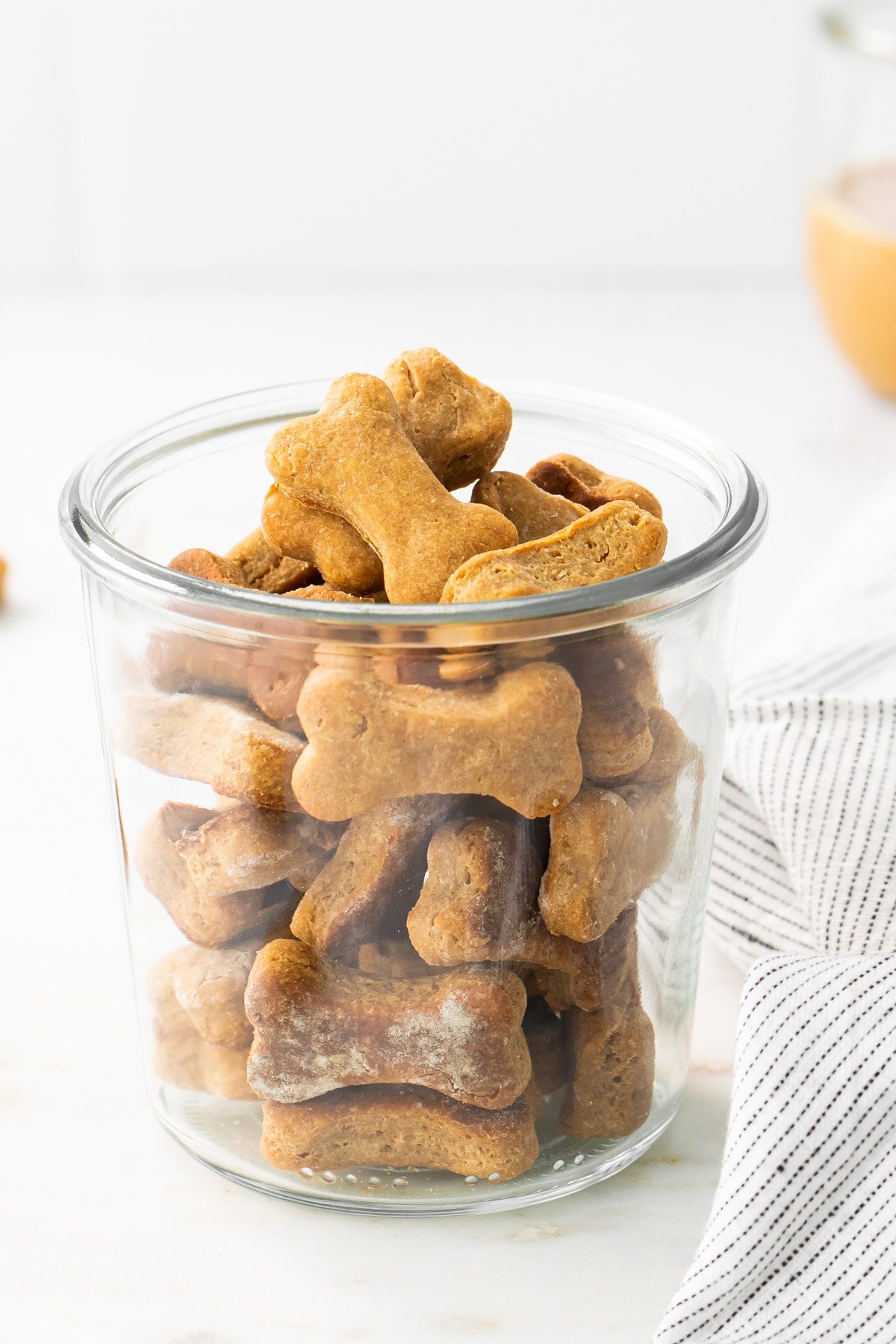
2. Dental Chews
Dental chews serve a dual purpose of satisfying your dog's chewing needs and promoting dental hygiene. These treats are designed to reduce tartar and plaque buildup while freshening your dog's breath.
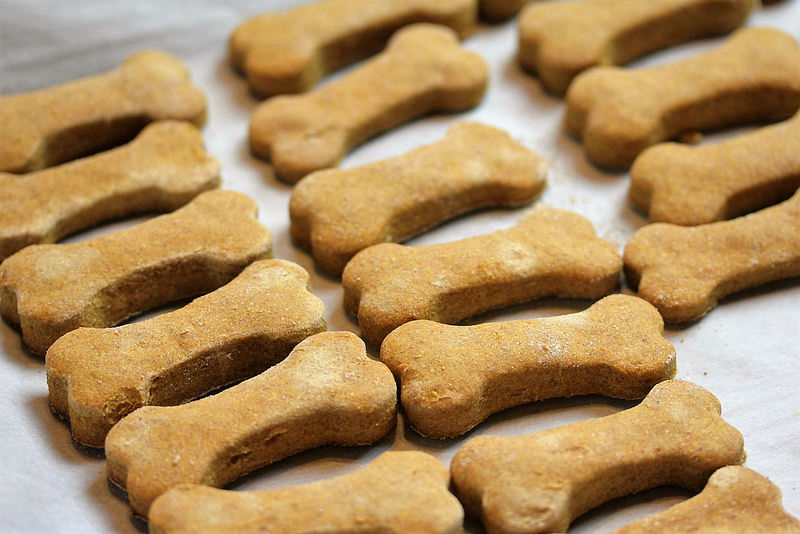
3. Jerky Treats
Jerky treats are made from dried meat and are a great source of protein for your furry companion. They are available in a variety of flavors and textures, making them a popular choice among dogs.
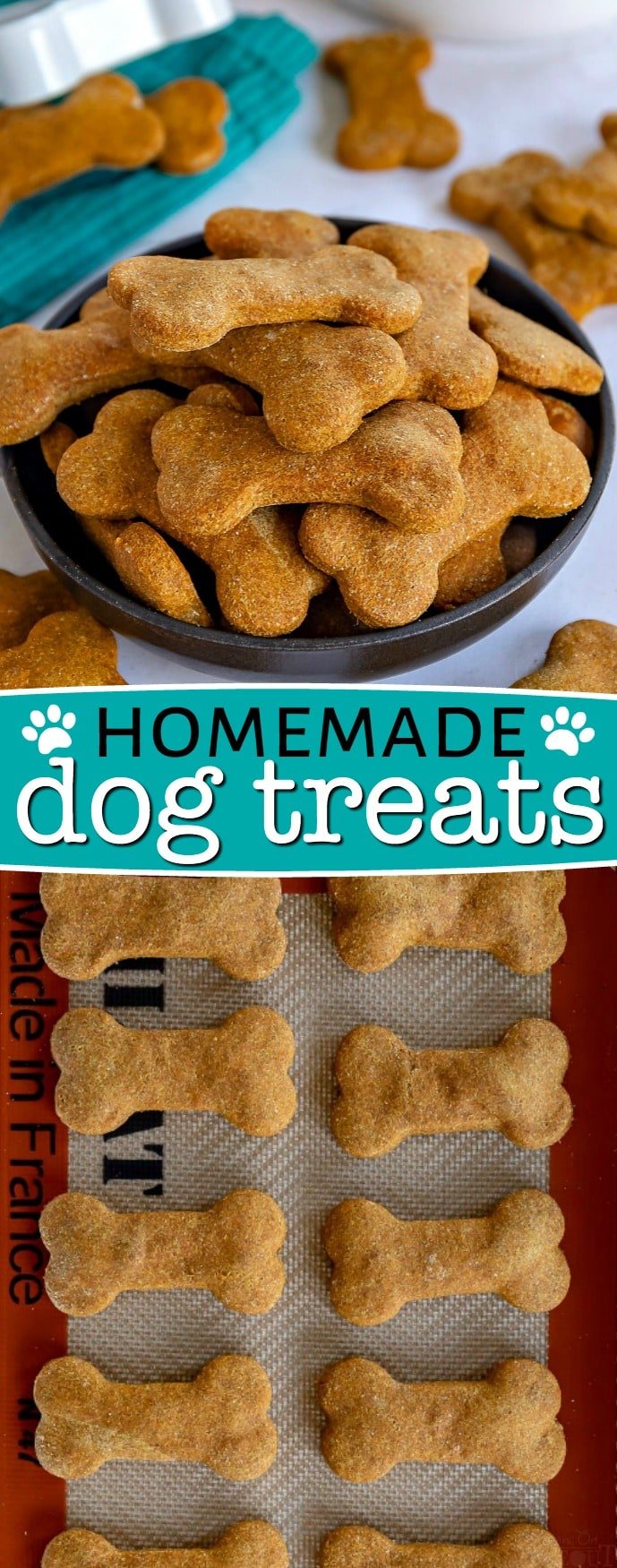
4. Freeze-Dried Treats
Freeze-dried treats preserve the natural flavors and nutrients of the ingredients. These lightweight treats are convenient to carry and can be used during outdoor activities or as a quick snack on the go.

Choosing the Right Treat
When selecting treats for your dog, it's important to consider their individual needs. Here are some factors to keep in mind:
1. Nutritional Content
Ensure that the treats you choose are nutritionally balanced and provide essential vitamins and minerals. Avoid treats that are high in additives, artificial preservatives, or fillers.

2. Size and Texture
Choose treats that are appropriate for your dog's size and age. For example, smaller treats are more suitable for small breeds, while larger treats can be enjoyed by larger dogs. Consider the texture as well, as some dogs prefer crunchy treats while others enjoy softer options.
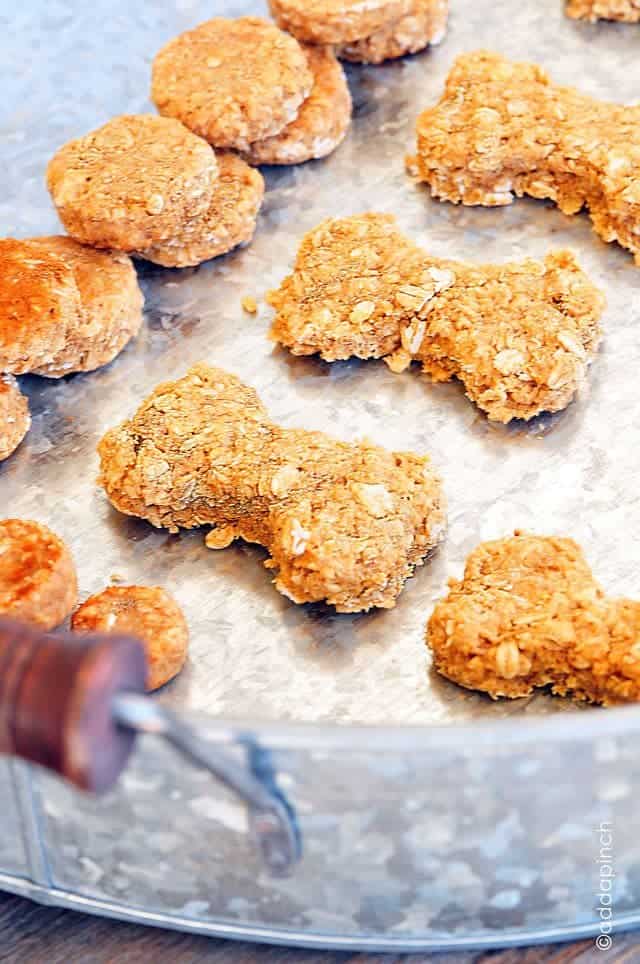
3. Allergies and Sensitivities
If your dog has any known allergies or sensitivities, carefully read the ingredient list of the treats to avoid potential triggers. Opt for hypoallergenic or limited ingredient treats if necessary.

Feeding Guidelines
While treats are a delightful addition to your dog's diet, it's crucial to feed them in moderation. Overindulgence can lead to weight gain and other health issues. Follow these guidelines:
1. Portion Control
Refer to the packaging instructions or consult your veterinarian to determine the appropriate number of treats for your dog based on their size, age, and activity level. Adjust the portion size accordingly to maintain a healthy weight.

2. Training and Rewards
During training sessions, break treats into smaller pieces to reward your dog for their achievements without overfeeding. Remember, positive reinforcement and praise are equally important.

3. Variety is Key
Offer a variety of treats to keep your dog excited and prevent them from getting bored. Rotate between different flavors and textures to cater to their preferences.

Conclusion
Treats are a wonderful way to show your furry friend some extra love and appreciation. By choosing the right treats, you can not only indulge your dog's taste buds but also contribute to their overall health and well-being. Remember, a happy and satisfied dog is a loyal and obedient companion.